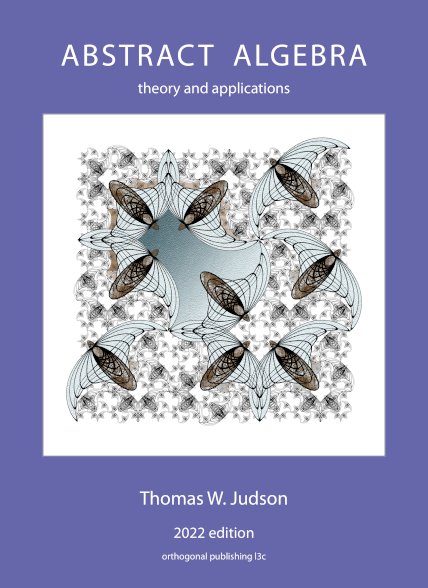Exercises 2.4 Exercises
2.
3.
4.
5.
6.
7.
8.
9.
10.
11.
12. Power Sets.
13.
Prove that the two principles of mathematical induction stated in Section 2.1 are equivalent.
14.
Show that the Principle of Well-Ordering for the natural numbers implies that 1 is the smallest natural number. Use this result to show that the Principle of Well-Ordering implies the Principle of Mathematical Induction; that is, show that if
15.
16.
Let
17. Fibonacci Numbers.
18.
19.
20.
Using the division algorithm, show that every perfect square is of the form
21.
22.
Let
23.
Define the least common multiple of two nonzero integers
24.
25.
26.
27.
28.
29.
Prove that there are an infinite number of primes of the form
30.
Prove that there are an infinite number of primes of the form
31.
Using the fact that

